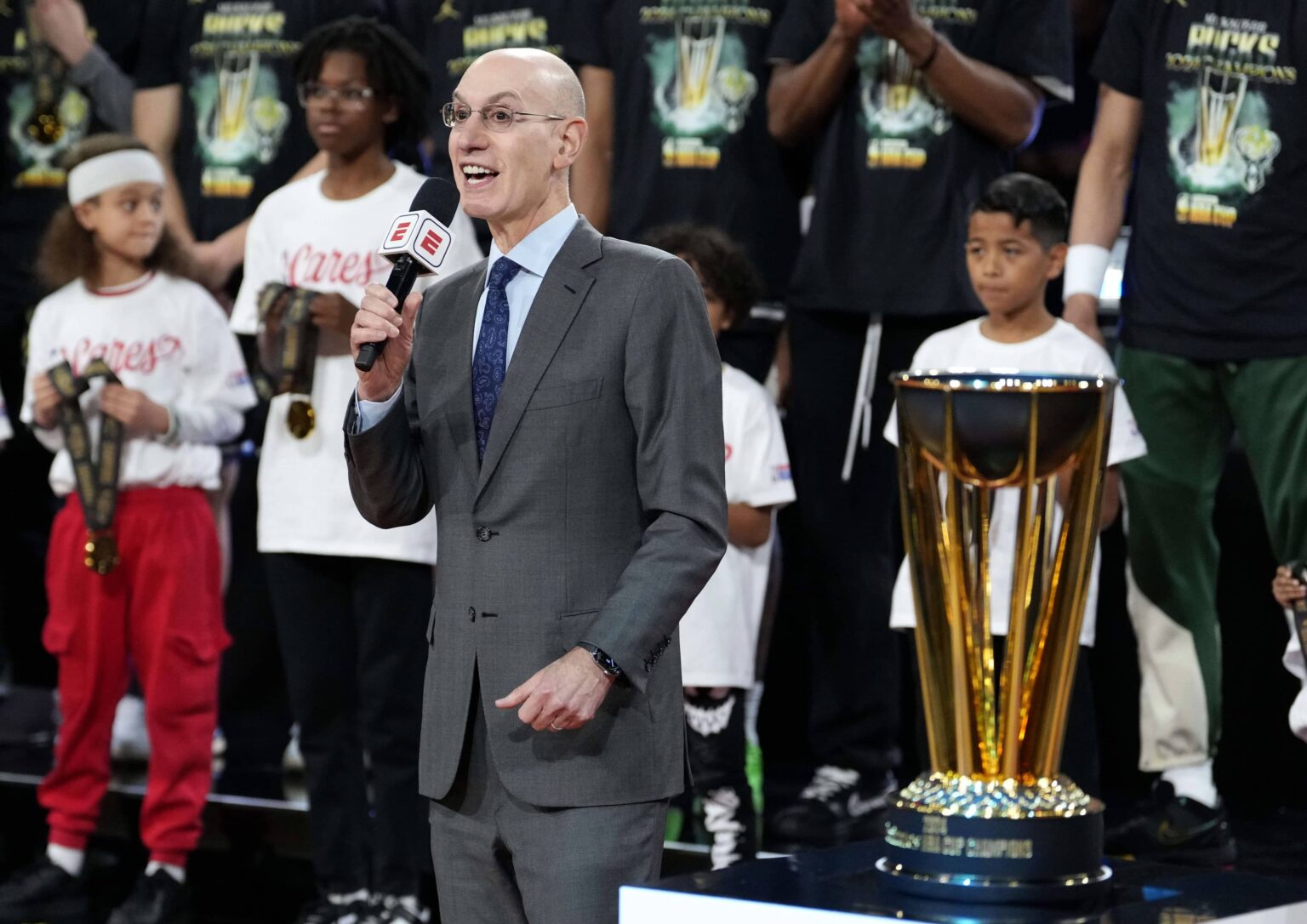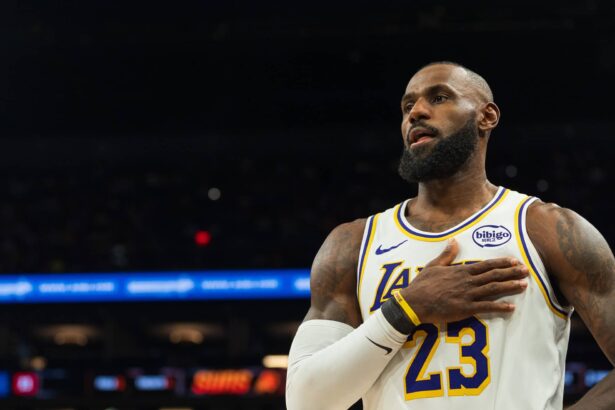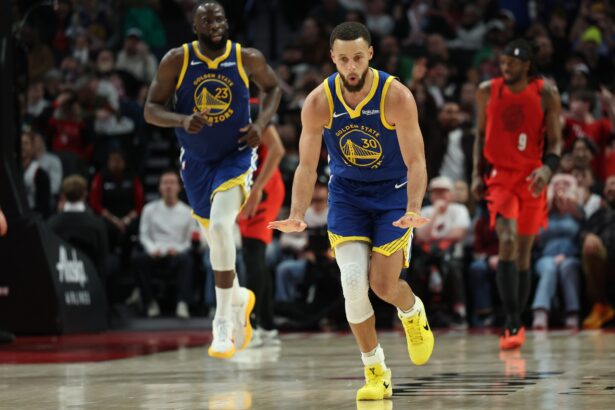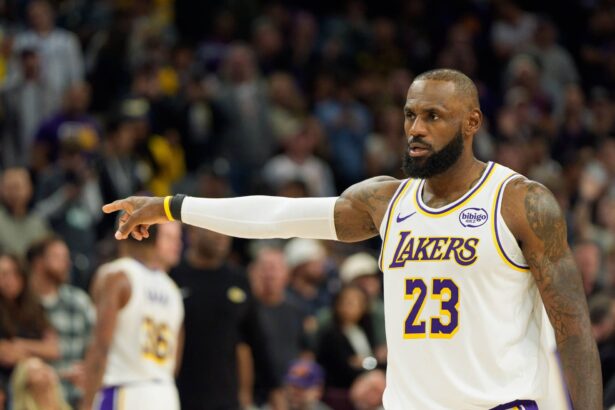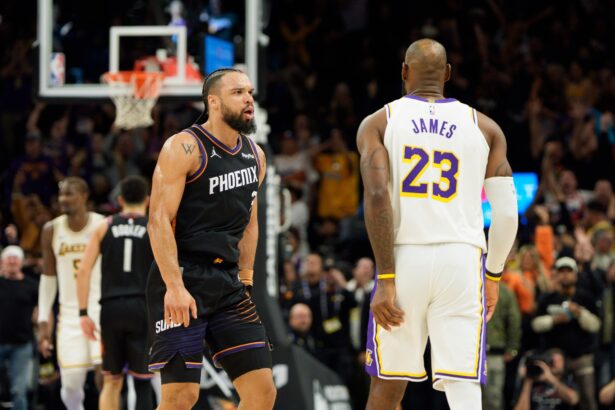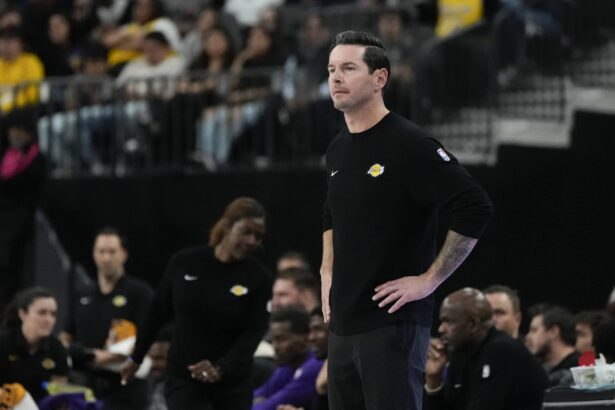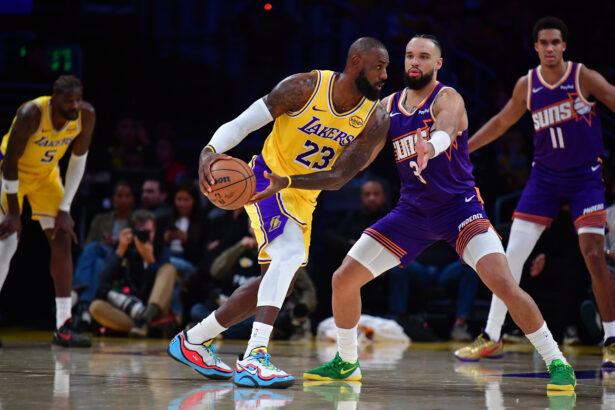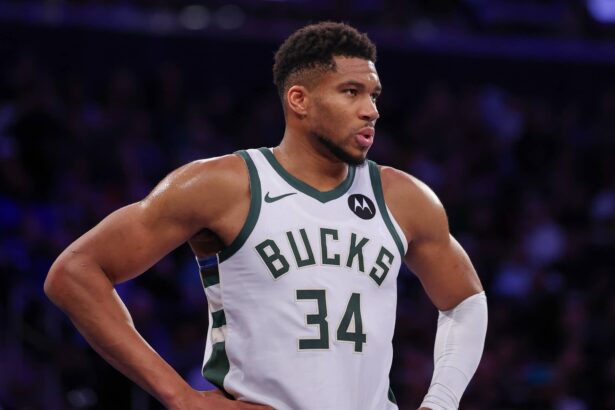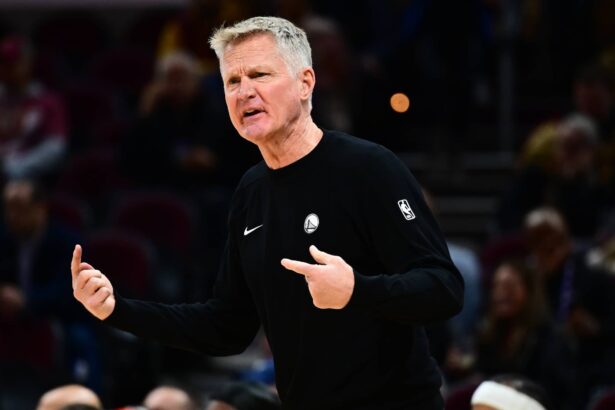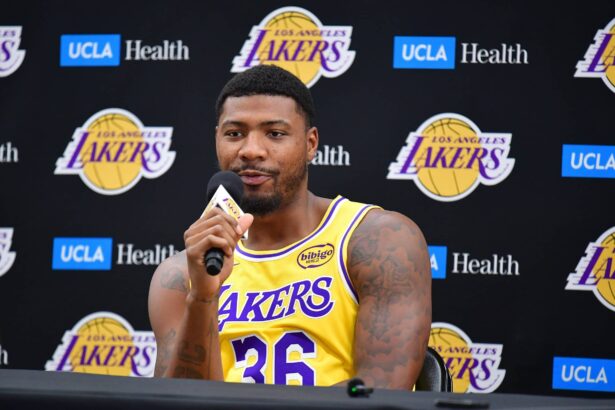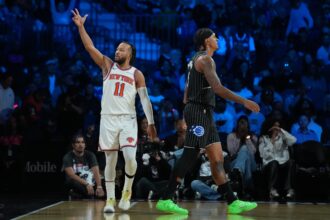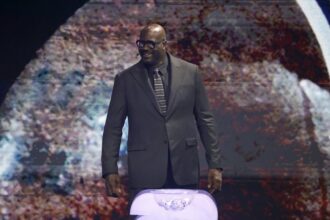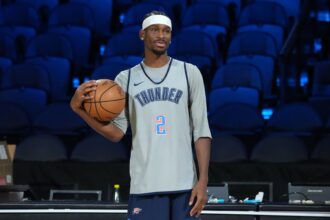NBA Commissioner Adam Silver recently addressed the declining television ratings for the league, acknowledging the issue while emphasizing that it does not reflect a lack of interest in basketball. Speaking with media outlets ahead of the NBA Cup championship, Silver provided insights into the reasons behind the ratings drop and outlined the league’s approach to addressing the issue.
“If you look at other data points, in terms of our business, for example, we’ve just come off the last two years of the highest attendance in the history of this league.”
“We’re at a point where our social media audience is at the highest of any league and continuing to grow exponentially. So, it’s not a lack of interest in this game.”
“We’re almost at the inflection point where people are watching more programming on streaming than they are in traditional television. And it’s a reason why for our new television deals, which will enter into next year, every game is going to be available on a streaming service.”
“And as we move to streaming service, putting aside how the actual game is played on the floor, it’s going to allow us from a production standpoint to do all kinds of things that you can’t do through traditional television. All kinds of new functionality, all kinds of new options and screens that are available.”
“The vast majority of people consume us through media, not in person. So we have to pay a lot of attention.”
Silver highlighted that while TV ratings have declined—viewership for games on ESPN, ABC, and TNT is down 19% compared to last year—the league is thriving in other metrics. He pointed to record-high attendance over the past two seasons and the NBA’s unmatched presence on social media as evidence of sustained and growing fan engagement.
Silver attributed much of the ratings decline to broader trends in media consumption, noting that traditional cable television viewership has decreased significantly across all demographics. Other sports, including men’s and women’s college basketball and the NHL, have experienced even steeper drops in ratings.
This reality is shaping the NBA’s future, with new TV deals starting next year that will make every game available on streaming platforms like Amazon Prime, alongside traditional broadcasters like ESPN, ABC, and NBC. Silver expressed optimism that streaming’s interactivity and advanced production options could enhance how fans experience the game.
Despite the shift in media platforms, Silver acknowledged the need to ensure the quality of the game remains compelling for fans. He addressed growing concerns about the style of play, particularly the increasing reliance on three-point shooting.
While some have suggested moving the three-point line further back to mitigate the trend, Silver dismissed this as a simplistic solution, instead emphasizing the league’s focus on maintaining a balance between analytics-driven strategies and the joy and creativity of the game.
Silver also highlighted the NBA’s plans for international growth, including exploring the possibility of a Europe-based league in partnership with FIBA. While no concrete decisions have been made, Silver sees an opportunity to elevate basketball’s profile and commercial potential in Europe.
Addressing the NBA Cup, Silver defended the decision to hold its final four in Las Vegas, emphasizing the tradition-building and fan engagement opportunities such a location provides. However, he acknowledged mixed opinions among teams, with some advocating for hosting the championship games in home markets to leverage local enthusiasm.
Silver’s comprehensive approach, from adapting to streaming trends to preserving the game’s excitement and expanding globally, underscores his commitment to ensuring the NBA remains a leader in sports entertainment. While challenges remain, his vision reflects an optimistic outlook for the league’s future.
Thank you for being a valued reader of Fadeaway World. If you liked this article, please consider following us on Google News. We really appreciate your support.

